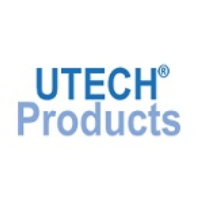CD137 (4-1BB) Ab-1 Mouse Monoclonal Antibody, CD137 (4-1BB) Ab-1, Mouse Monoclonal Antibody provides accurate, reproducible results, Each

|
|
Details:
4-1BB (also known as CD137) is an inducible receptor-like protein expressed on the cell surface of activated splenic T cells and thymocytes. It exists as both a monomer and a dimer on the surface of activated T cells. 4-1BB is structurally related to the members of NGFR/TNFR superfamily which are characterized by the presence of three-six patterns of a cysteine-rich motif in their extracellular domains. Other members of this family include low affinity NGFR, two receptors for TNF (TNFR-I & TNFR-II), CD30, CD40, OX40, Fas, and CD27. These molecules are involved in cell growth, survival, and death processes. The cytoplasmic domain of 4-1BB include two runs of acidic amino acids, a potential p56lck binding site, five consecutive glycines at the C-terminus, and four potential phosphorylation sites: one tyrosine, two threonine, and one serine. Host Species: MouseClone: BBK-2Isotype: IgG1/κSpecies Reactivity: Human. Others not known.Epitope: EctodomainImmunogen: Ectodomain of human 4-1BB recombinant proteinMolecular Weight: 30kDaPositive Control: Spleen, thymus or tonsilCellular Localization: Membrane Recommended for:ImmunofluorescenceFlow Cytometry Note:USA: RUO; Int'l: RUO
Additional Information
| SKU | 10145257 |
|---|---|
| UOM | Each |
| UNSPSC | 12352203 |
| Manufacturer Part Number | MS621P1 |

